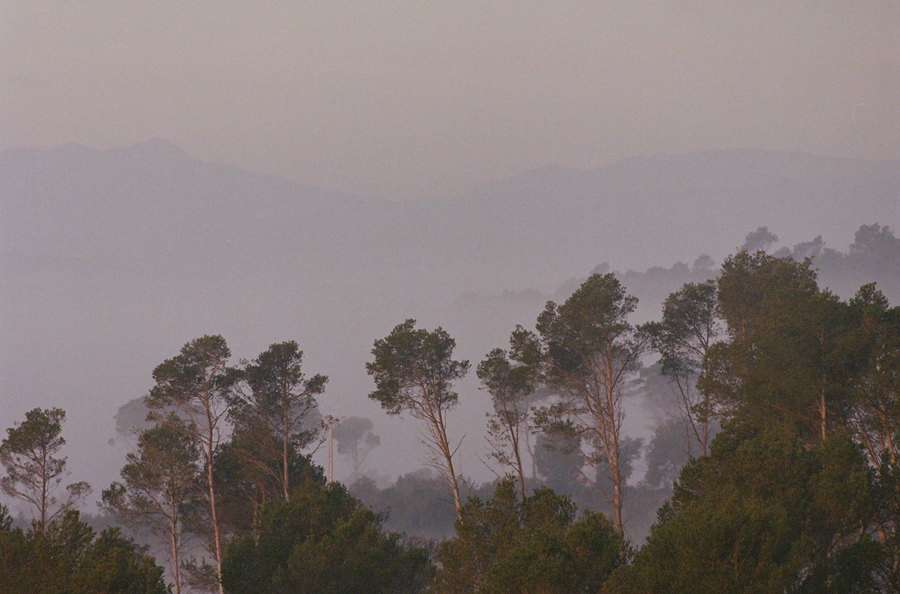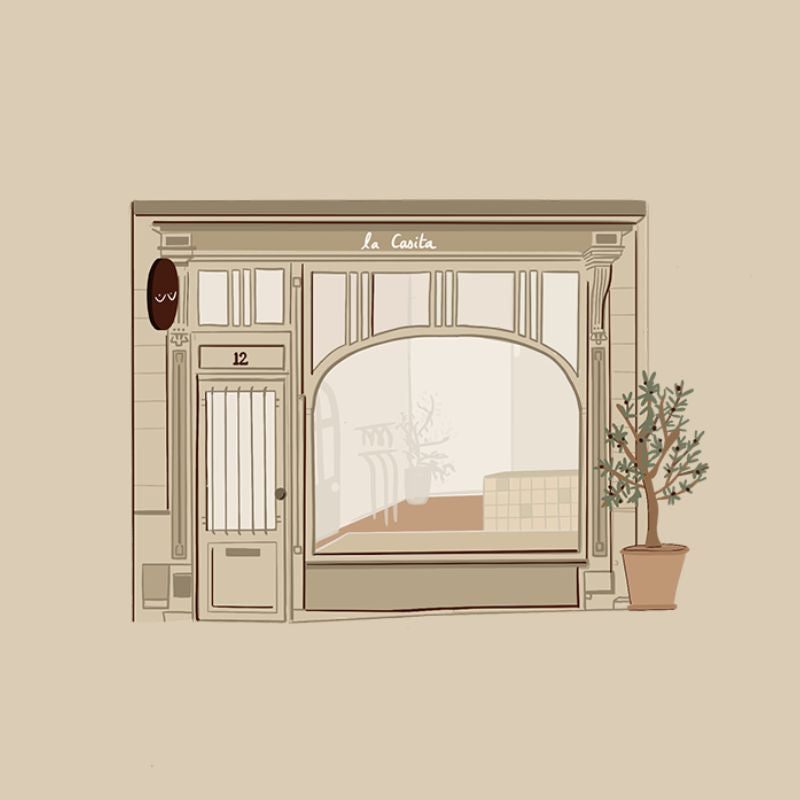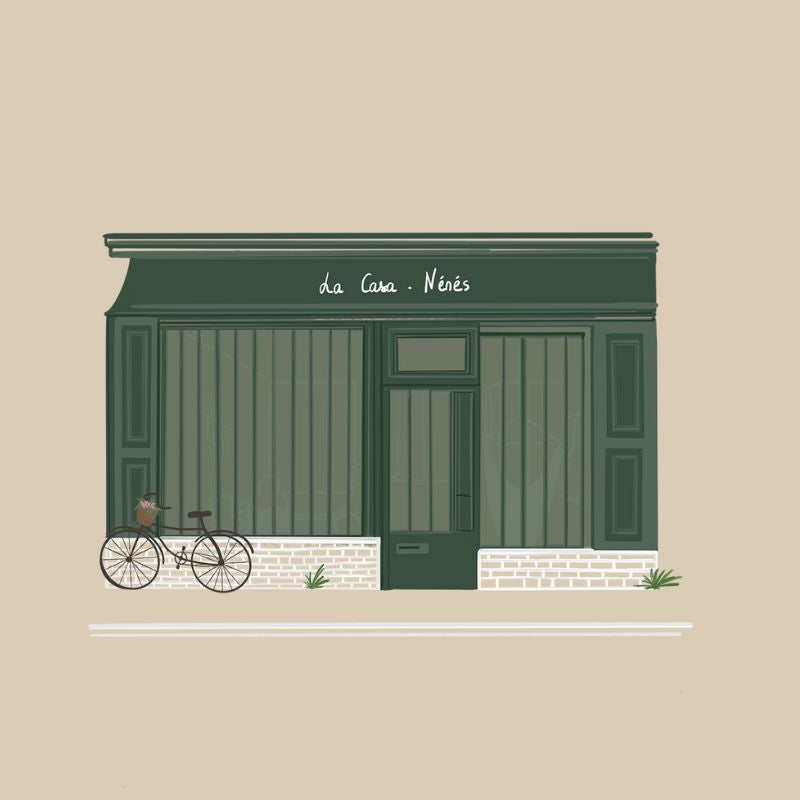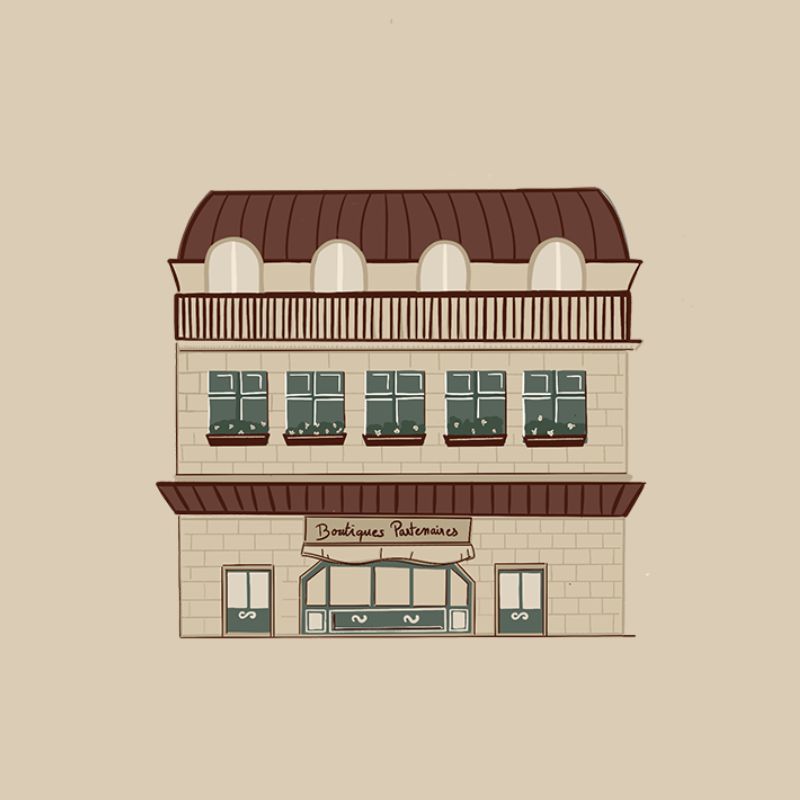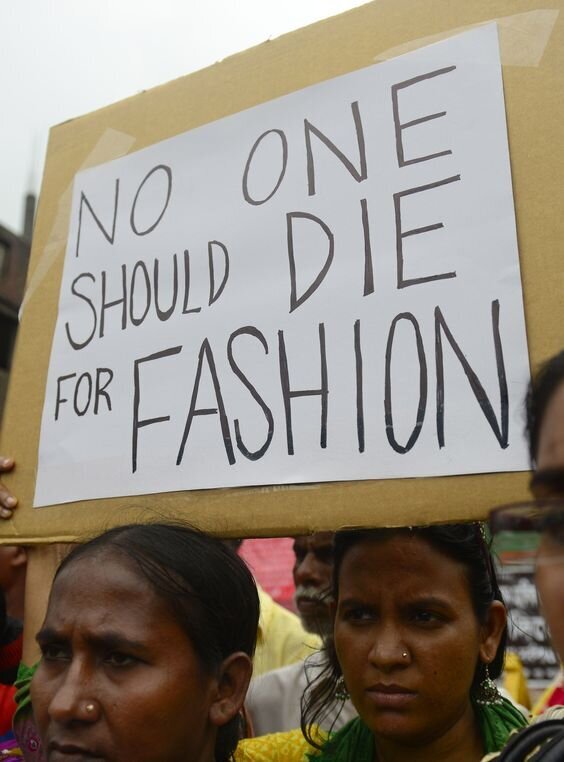

Fashion: impact and solutions
Does fashion really pollute? But what is ethical fashion? How do we know that we are making a responsible purchase?
Lots of questions that we will try to answer. In our opinion, the definition of an eco-responsible fashion brand is as follows: It is a brand that respects the environment but also people. Indeed, the challenges of the sector are:
1. Respect for the working conditions of workers
Today we have opened our eyes to the way employees of the fashion factories that produce our clothes on the other side of the world are treated. The Rana Plaza is sad proof of this. This garment workshop which collapsed in Bangladesh in 2013 left behind more than 1,300 dead. Died while making our t-shirts, sweaters and other dresses purchased in major stores. This disaster left its mark and made some people think about their future purchases.
2. Environmental impact
Fashion is the 2nd most polluting industry, just behind oil! It is also one of the most water-consuming industries.
Indeed, the manufacture of clothing requires many different steps and therefore a considerable quantity of blue gold, energy and chemicals.
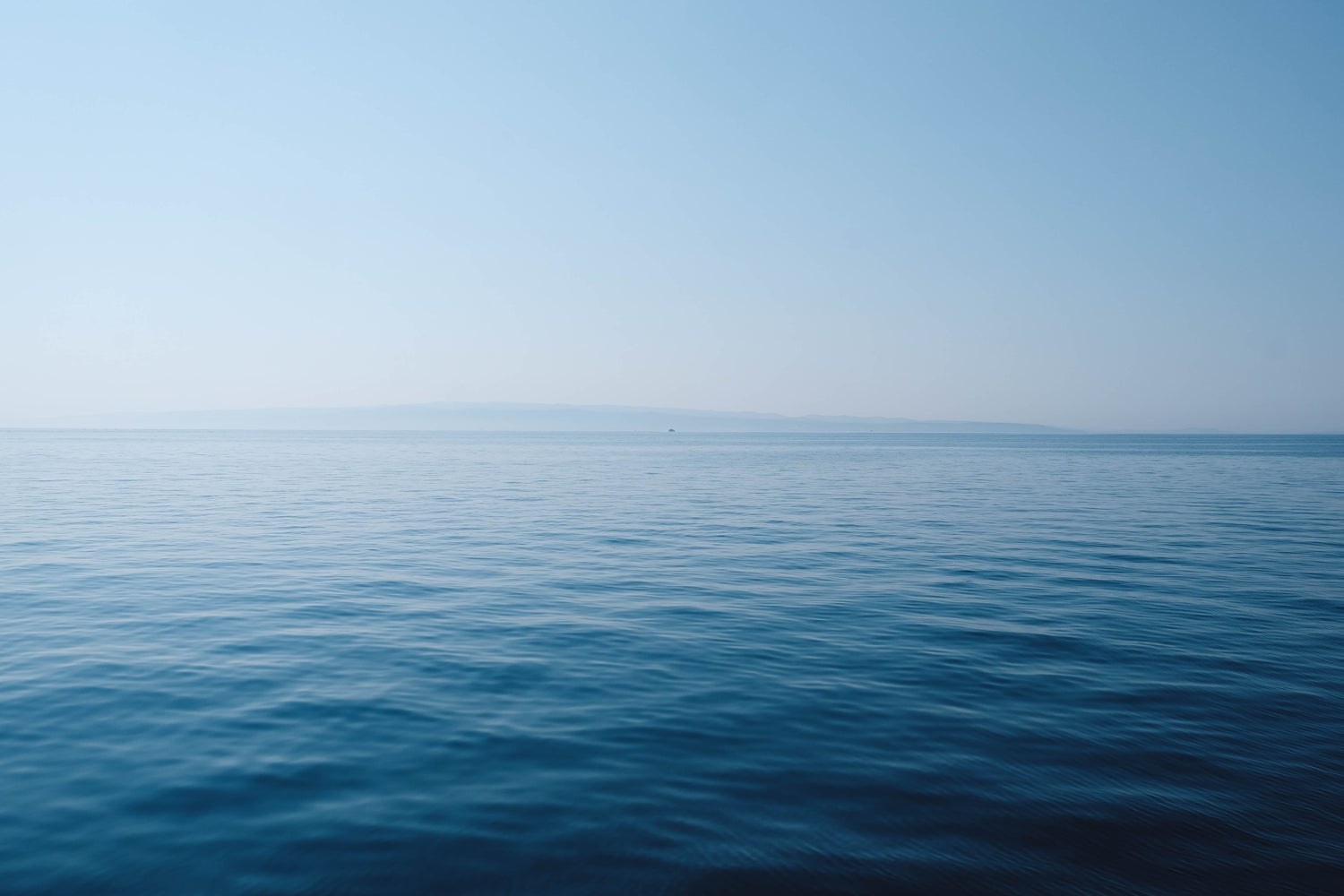
The water
Today more than a billion people in the world do not have access to water. The manufacture of a cotton bra requires 1350 liters of water, the equivalent of around ten baths! The other problem is that once used to manufacture the fabric (with chemicals), the water is released into rivers, lakes and oceans without necessarily having been treated. The World Bank estimates that 20% of water pollution comes from the textile industry.

Pollution
Textile production emits a lot of CO2 and greenhouse gases. Which contributes to pollution and global warming. Indeed certain materials such as cotton or leather have a large energy footprint. Most clothing consumed in Europe is made in Asia. A small bra can travel up to 40,000 km (due to the different stages of production and distribution).
So, how to consume responsibly?
- Choose made in Europe: As we have said, transport has a high cost in terms of greenhouse gas emissions. Choosing proximity therefore reduces pollution. On the other hand, working conditions in Europe are more regulated than on other continents. The risk of poor working conditions for employees is therefore much smaller.
- Rent your clothes: For those who like to change their clothes very often, renting clothes is also a more responsible alternative.
- Choose the material: To choose the right material, you must already know the different fibers.
The different fibers
- Plant fiber (it comes from plants, it is cotton, hemp or even linen). This fiber needs a lot of water to grow. Both for watering (the most consuming step) and for cleaning.
- Organic fibers are slightly better since they respect environmental standards and do not use pesticides during their cultivation. They also consume less water during the cleaning stage!
- Animal fiber : animal hair, silkworm thread, feathers... Personally we're not really for it!
- The synthetic fiber which comes from scientific research on polymers. This is for example polyester, elastane or even nylon. These fibers have the quality of being very resistant. Plus they are the only ones that are strong enough to be recycled!
- Recycled synthetic fiber (what we use at Nénés): Recycled fiber is produced from recycled plastic bottles or scraps of unused fabric. It uses what we already have instead of producing again! The fabrics or plastic bottles are recovered, crushed then brought to the fiber state. Then we transform them again into thread. When recycling a bra only requires 20 liters of water (which corresponds to cleaning). So you don't need to be a mathematician to tell you that this fiber preserves our resources!



